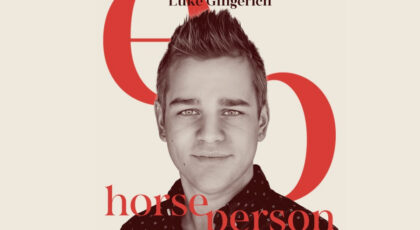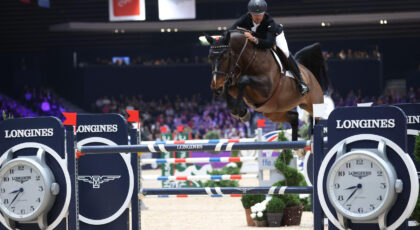Nearly every athlete, young or old, dreams of winning an Olympic medal.
Considered the highest achievement an athlete can attain, a medal from The Games signifies sacrifice, prowess and above of all athletic excellence. That you are one of the best in the world.
When we think of Olympic medals we think gold, silver and bronze and always in that order. But, the Olympics didn’t always give out first, second and third place medals and they weren’t always gold, silver or bronze.
The Medals
During the Ancient Olympics, there was only one winner for each sporting event and everyone else was a loser. It’s a harsh truth. And back then they were given an olive branch wreath.
When the Games re-started in 1896, two medals were given. Silver for the winner and Copper for the second-place finisher. Everyone else was considered an also-ran.
Somewhere in the four-year gap between the first modern Games and the second, someone decided that the medals ought to go the third place and ought to be in the order of gold, silver and bronze. So, 124 years ago during the Paris Games of 1900, athletes were awarded the medals as mentioned above.
The interesting thing about these medals is that they were rectangular in design rather than round. I should also mention that the gold medals were gilt silver, which is common even today.
The 1904 St. Louis Games marked the first time the medals were pinned to an athlete’s chest. I suspect prior to that one just held the medal. It wasn’t until the 1960 Rome Olympics that the medals were designed to be hung around one’s neck and in this case with a laurel leaf chain. Always harking back to the Greeks.
The Olympic medals were standardized in 1928, meaning each host city designing the medals had to include the Greek goddess of victory, the Olympic emblem, the name of the Games, the name of the sport/discipline concerned and the IOC* and the OCOG* emblem.
The size of the medals, for reasons unknown, doesn’t seem to matter as they can range anywhere from 33mm to 85mm.
Horses and Medals
The year 1956 proved an interesting one for the Summer Olympics. The host city was Melbourne, Australia, the first time the Olympics were held in the southern hemisphere and as such, due to the reversal of seasons, the Summer Games were held from November 21–December 8.
Here’s the other interesting thing. There were no equestrian events at the Melbourne Games because the Australian quarantine laws required that the horse be quarantined for six months before entering the country. Obviously, that wasn’t going to work.
It was then decided, despite violating the Olympic Charter, to hold a separate Equestrian Olympics in Stockholm, Sweden, during the summer months, as one would expect.
As these were special horses-only Olympics during the opening ceremony everyone involved came in on horseback. Competitors rode their Olympic mounts, which was a risky move, I don’t mind saying.
Flag bearers were on horses, the Olympic flame was carried in on horseback and even the main torch was lit from an equine perch. The Oath was read by Sweden’s Henri Saint Cyr from the back of his Olympic horse, and the pair later won two gold medals in individual and team dressage.
The most unusual thing of all was the standardized Olympic Medals went against the grain and the goddess of victory was jettisoned for a depiction of an ancient horse and rider. Though this was approved by the IOC, it’s the only time in history when the goddess of victory was not present on an Olympic medal.
One Effort + Two Medals = A Hard No
It used to be that eventing team members were simultaneously competing as individuals. This meant, for example, if the New Zealand Team won Gold and Mark Todd had the lowest score after all three phases, then Sir Mark Todd won two gold medals for one competition.
This was just the way it always was, until someone called foul.
Nowadays, the top 25 placed riders after the team competition concludes, can vie for individual success by competing in a second show jump round, albeit shorter, to determine the individual placings.
Admittedly, the format for eventing has been in a state of flux for a long time and I believe 1996 was the first attempt at sorting out how to separate team placings from individual placings. I suspect changes will continue in the Olympic sport of eventing, if the sport continues in the Olympics at all. But that’s another conversation for another day.
Always the Horses
I’m continually surprised by how horses seem to crop up in the most unlikely of places. Never would I have guessed that the one blimp in Olympic medal design and Olympic schedules would be down to horses. But it was.
*IOC – International Olympic Committee
*OCOG – Organizing Committee for the Olympic Games
Source:




 April 2, 2024
April 2, 2024 




























